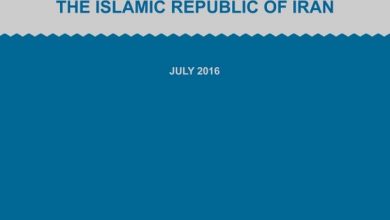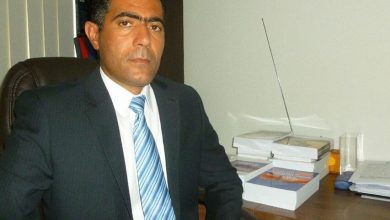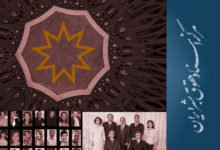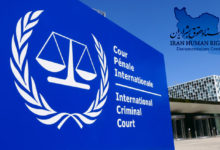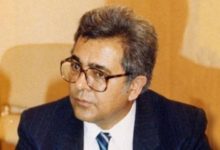IHRDC Releases Report: Speaking for the Dead: Survivor Accounts of Iran’s 1988 Massacre
PRESS RELEASE
FOR IMMEDIATE RELEASE
November 16, 2009 NEW HAVEN, CONNECTICUT – The Iran Human Rights Documentation Center (IHRDC) today released a report comprised of witness statements of five female prisoners who describe their experiences during the Islamic Republic of Iran’s summary execution of thousands of political prisoners during the summer of 1988. The statements in the report, Speaking for the Dead: Survivor Accounts of Iran’s 1988 Massacre, are the results of interviews conducted by IHRDC with survivors and family members of victims.
Along with its companion report, Deadly Fatwa: Iran’s 1988 Prison Massacre, this report contributes to documenting a national tragedy that has inexplicably received little international attention. The culture of impunity that pervades the political environment in the Islamic Republic is perhaps nowhere more apparent than in the continued involvement in the Iranian government of high-ranking officials responsible for the planning and implementation of the 1988 massacre. During the past twenty-one years, many of these officials have been appointed to significant executive and judicial posts, and several currently occupy important positions in President Mahmoud Ahmadinejad’s administration.
In June 2009, Ebrahim Raissi, who is pictured on the front cover the report and was a member of Tehran’s Death Commission responsible for deciding which prisoners were to be executed in 1988, said the following in connection with the recent election unrest: “Those arrested in recent events will be dealt with in a way that will teach them a lesson … The rioters should be dealt with in an exemplary way, and the judiciary will do that.” Raissi made these statements in his officially capacity as the First Deputy to the Head of the Judiciary, Ayatollah Sadegh Larijani.
In vivid detail, the witnesses in this report recount the climate of fear, chaos and utter confusion that took hold of the prisons immediately before the executions began in July 1988. One witness describes her efforts to obtain information about her imprisoned husband, while the others provide harrowing accounts of events inside the prisons. A few describe their experiences before the Death Commissions that were charged with interrogating prisoners about their political and religious beliefs in order to establish whether they were murtads, or apostates. Depending on their answers, the Commissions decided whether prisoners were worthy of being reformed through forced repentance and prayer, or simply deserved to be executed. The price of mercy was high: repeated lashings until the prisoner agreed to pray, or died under torture.
Speaking for the Dead: Survivor Accounts of Iran’s 1988 Massacre can be found in English on IHRDC’s website at www.iranhrdc.org. A Persian translation of the report will be available in the coming months.
IHRDC is a nonprofit organization based in New Haven, Connecticut that was founded in 2004 by a group of human rights scholars, activists, and historians. Its staff of human rights lawyers and researchers produce comprehensive and detailed reports on the human rights situation in Iran since the 1979 revolution. The Center’s goal is to encourage an informed dialogue among scholars and the general public in both Iran and abroad. The human rights reports and a database of documents relating to human rights in Iran are available to the public for research and educational purposes on the Center’s website.
For further information, please contact: Renee C. Redman, IHRDC Executive Director, (203) 772-2218 Ext. 215 rredman@iranhrdc.org

